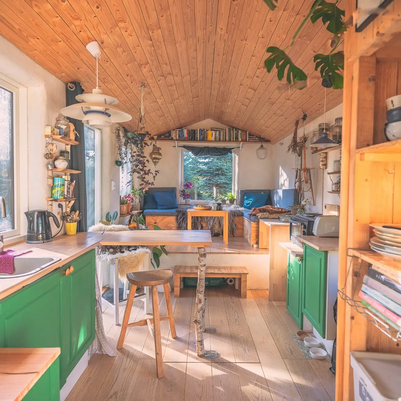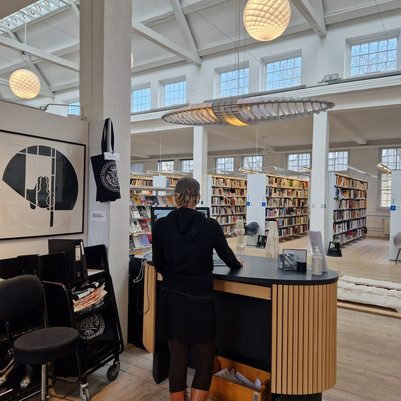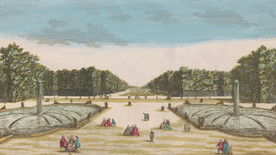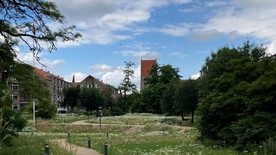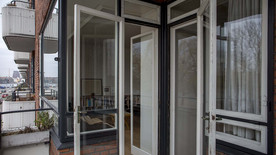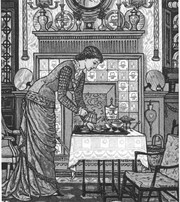
From Purgatory to district heating - extending The Last Journey within the Danish welfare state
How is human death dealt with in the Danish welfare state? What kinds of prevailing attitudes towards, and thinking about death can be deduced from the ways in which the direct handling of the dead human body within the contemporary welfare state is happening?
Far from trying to answer these questions comprehensively, this project looks into expressions of how the handling of death is reflected in and around a significant recent Danish crematorium – Fælleskrematoriet (‘The Common Crematorium’) by Henning Larsen in the periphery of the town of Ringsted - and the transformations in the regional spatialization of cremation it has caused.
State regulated and business model based rationalization of death relative to cremation has been chosen as being at the fringe of more conventional institutionalisations within the Danish welfare state - in order to ask questions about otherness and interiorisation in the welfare state.
Through a loosely assemblage theory based analysis, an attempt is made at methodologically passing through a ‘flattening’ – reminiscent of a diffraction - of the complex ‘artefact of cremation’ under scrutiny in order to foreground various kinds of human attitudes, thinking and acting having come together to literally in-form Fælleskrematoriet as building and institution.
This, in turn, points to a discussion about the spatialization of meetings between living and dead human bodies in the Danish welfare state – and how this might offer insights into aspects of contemporary spatial effectuations of ‘welfare’.
___
The project is related to the cross-institutional research project Spaces of Danish Welfare




